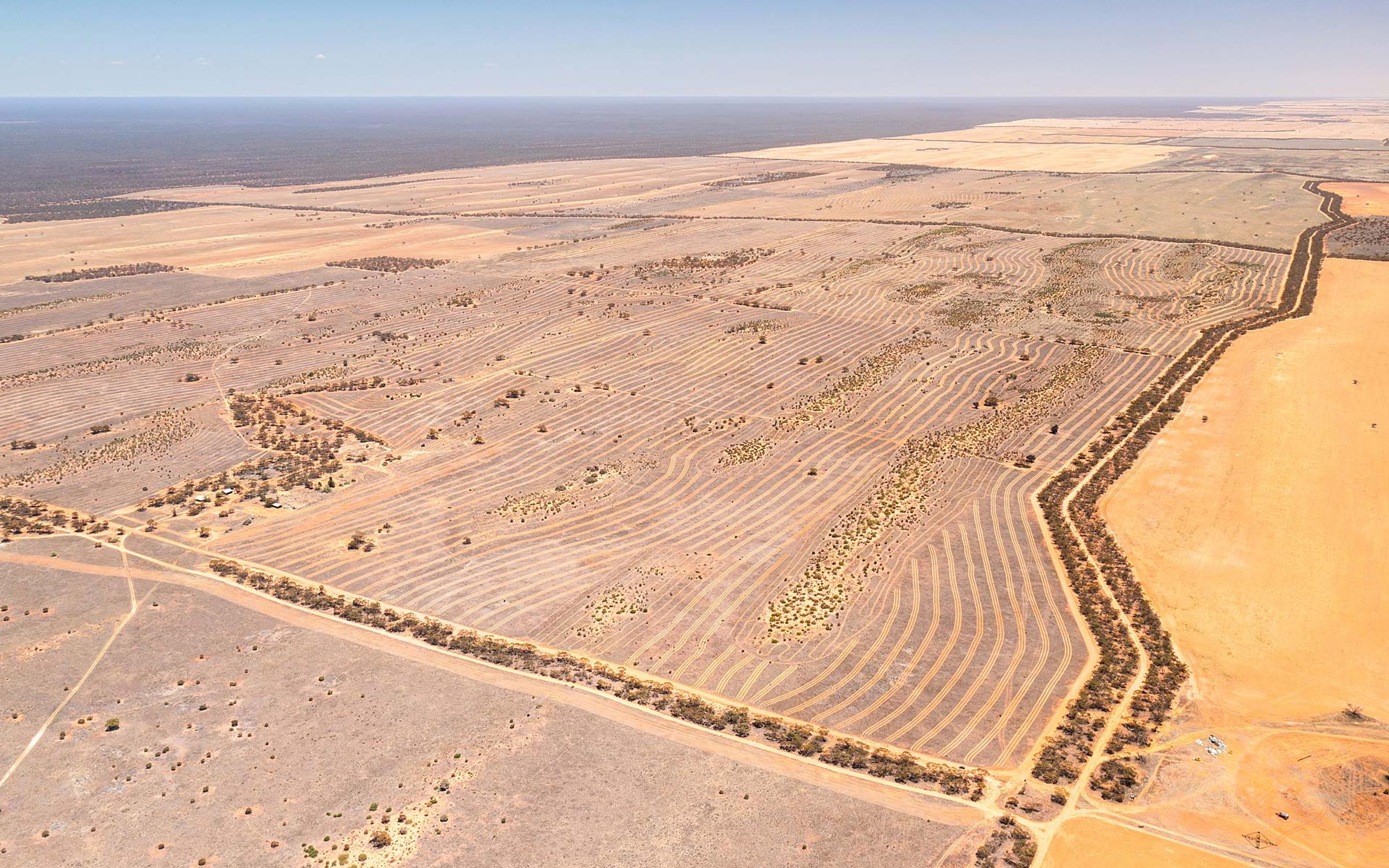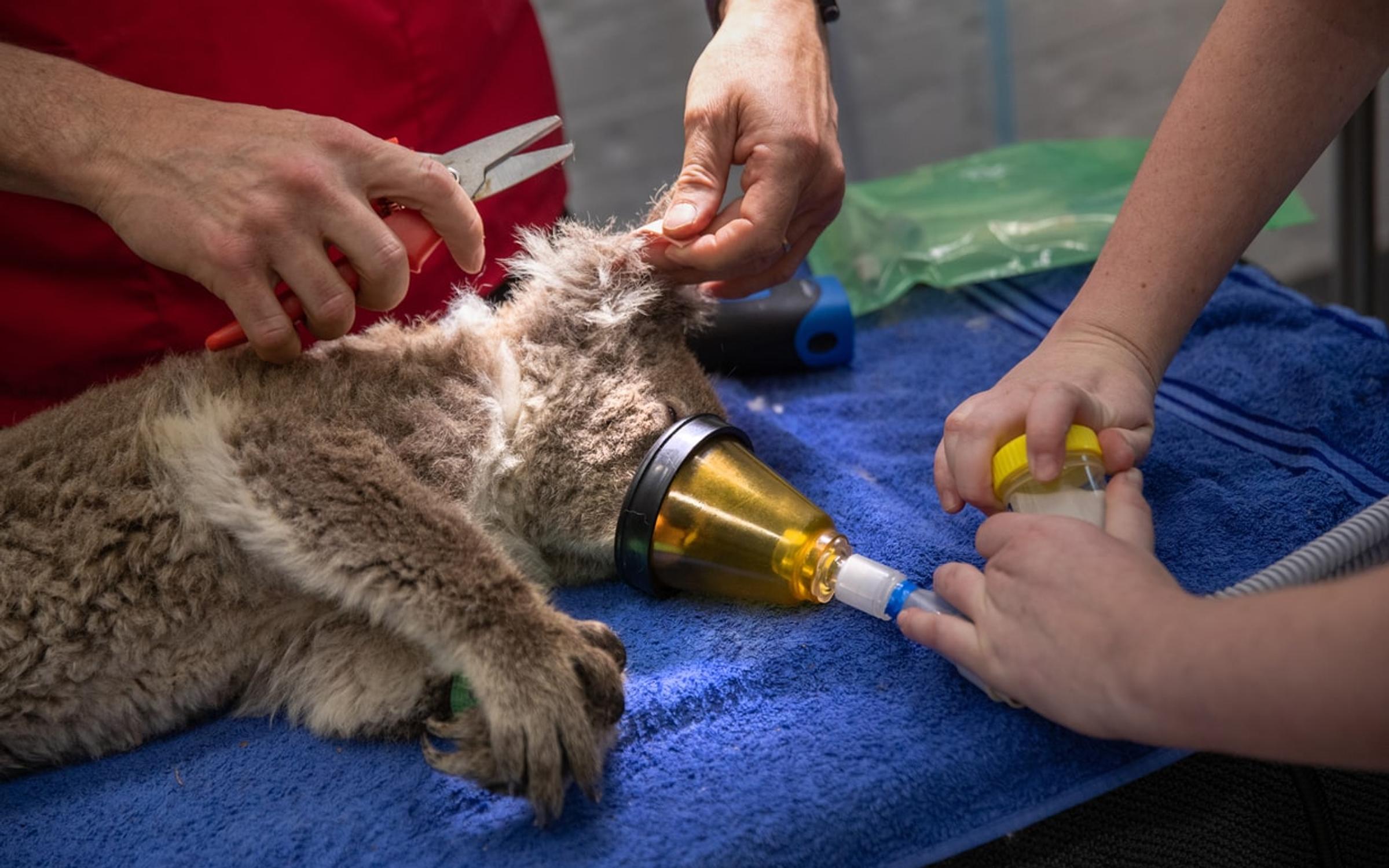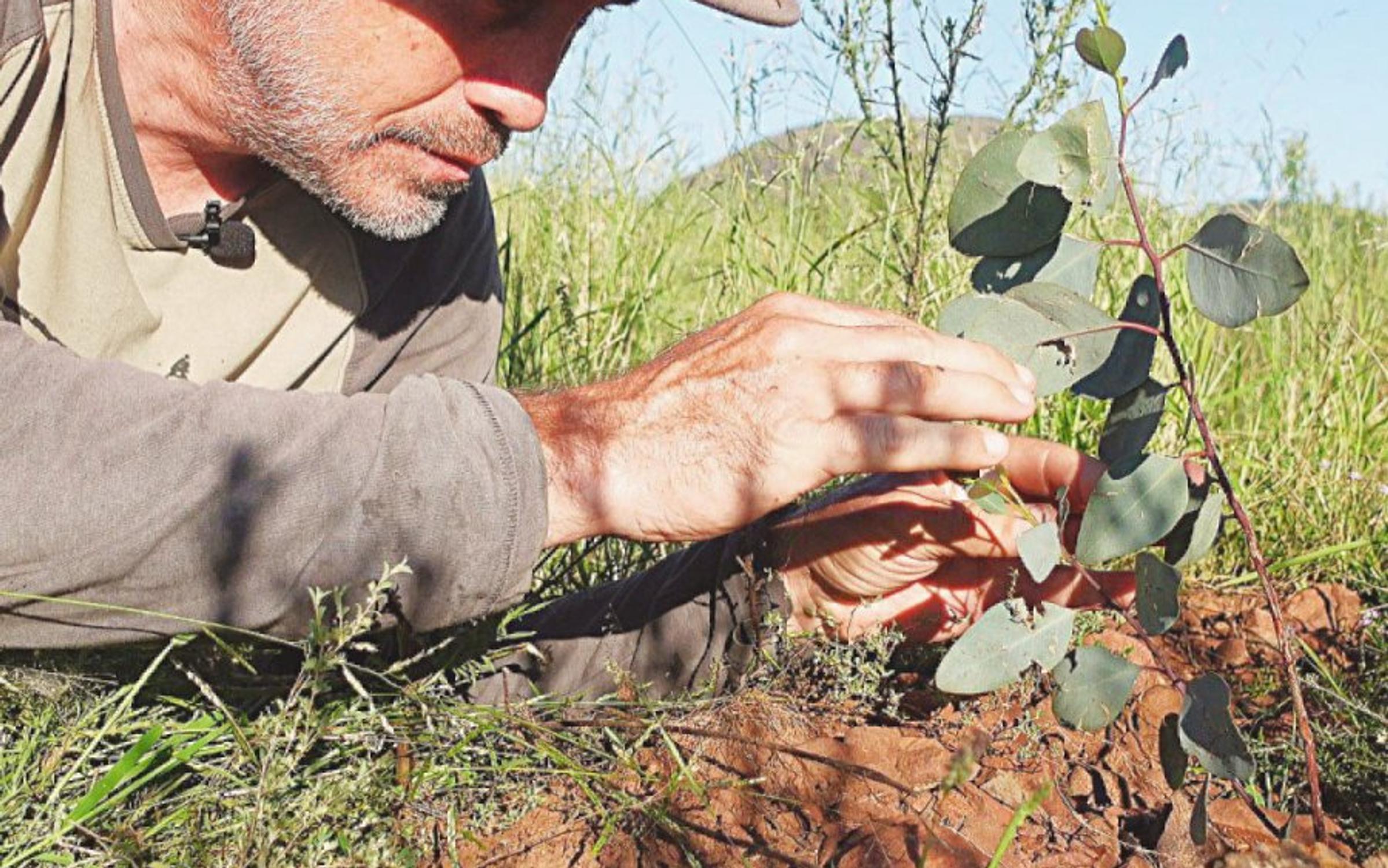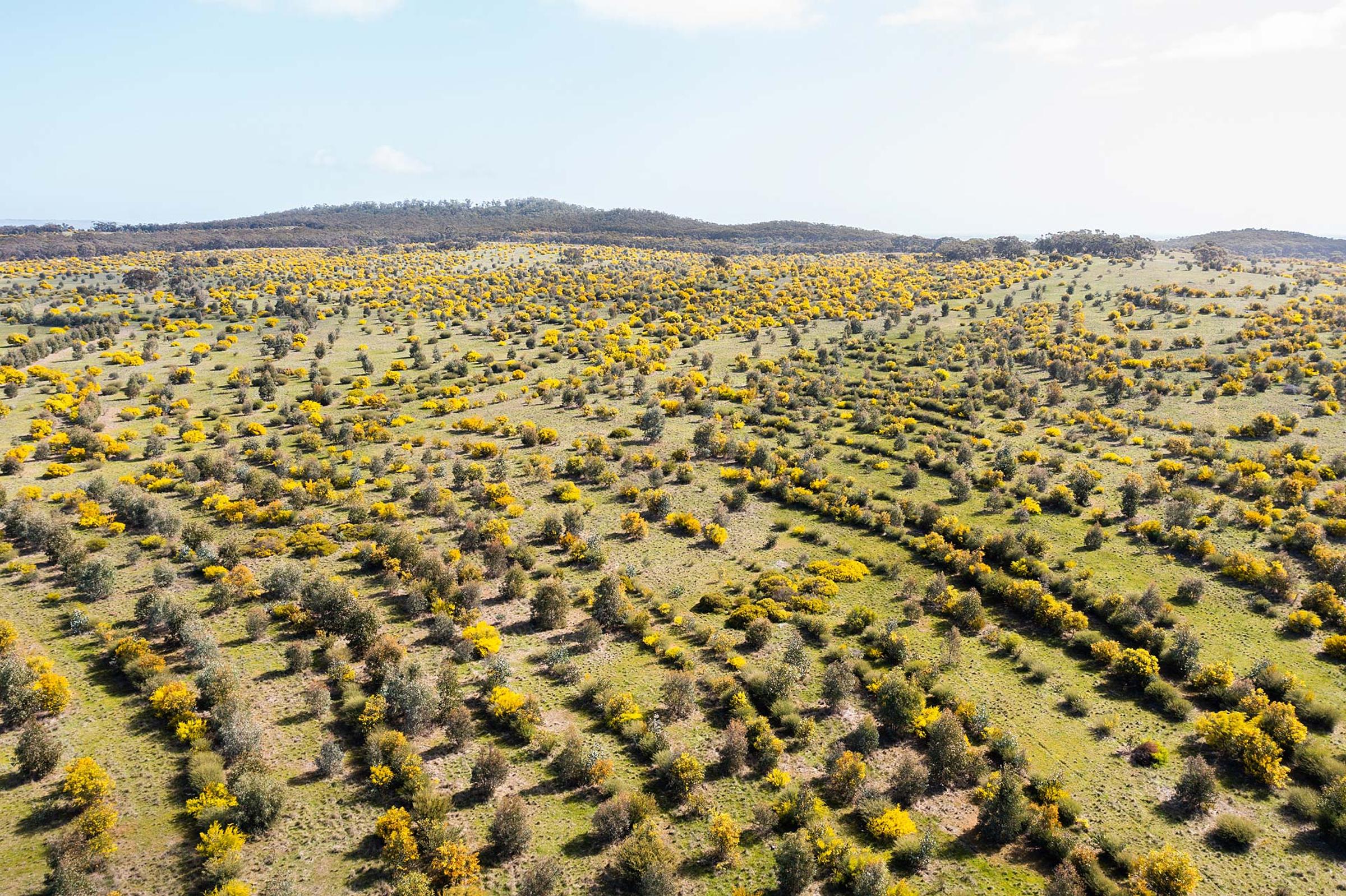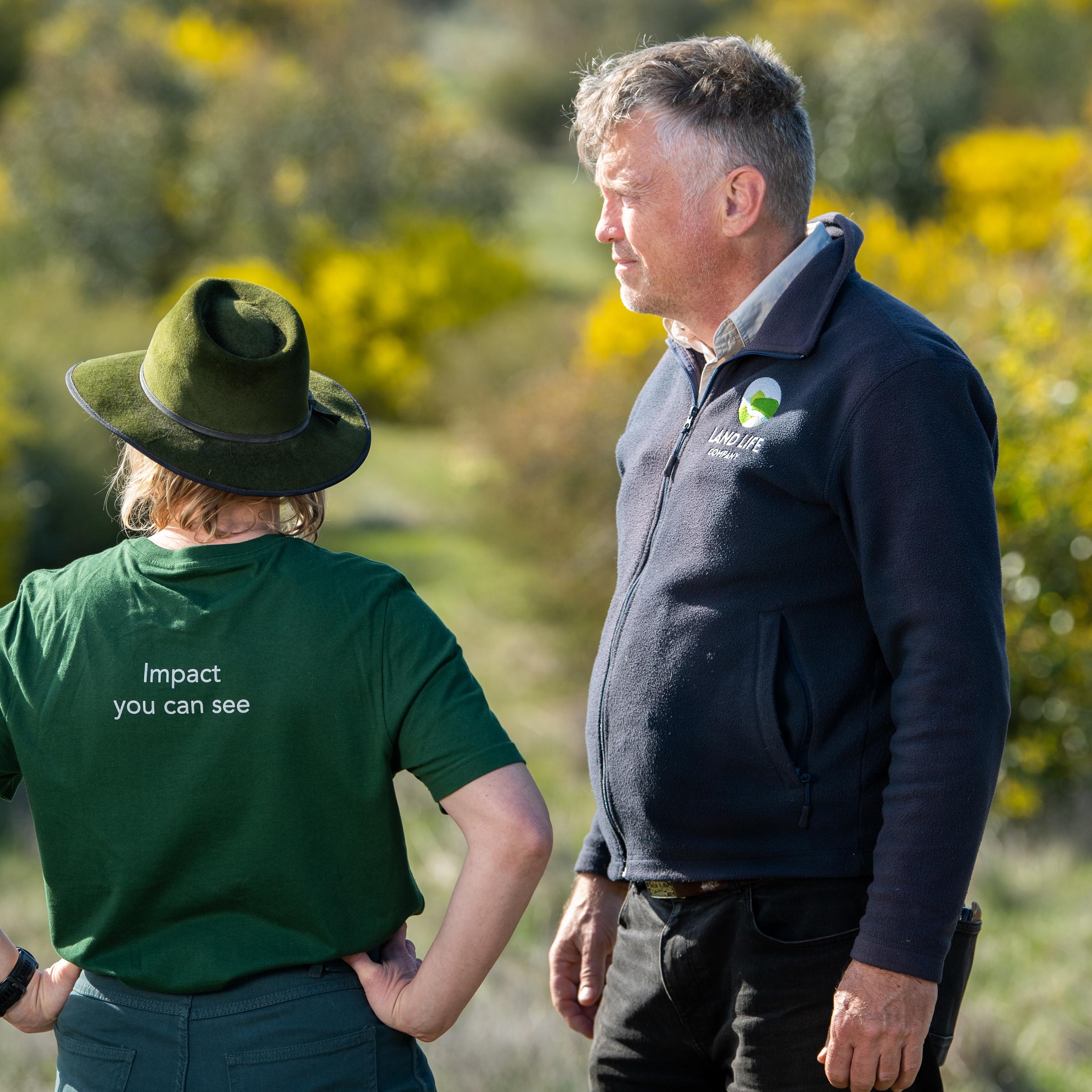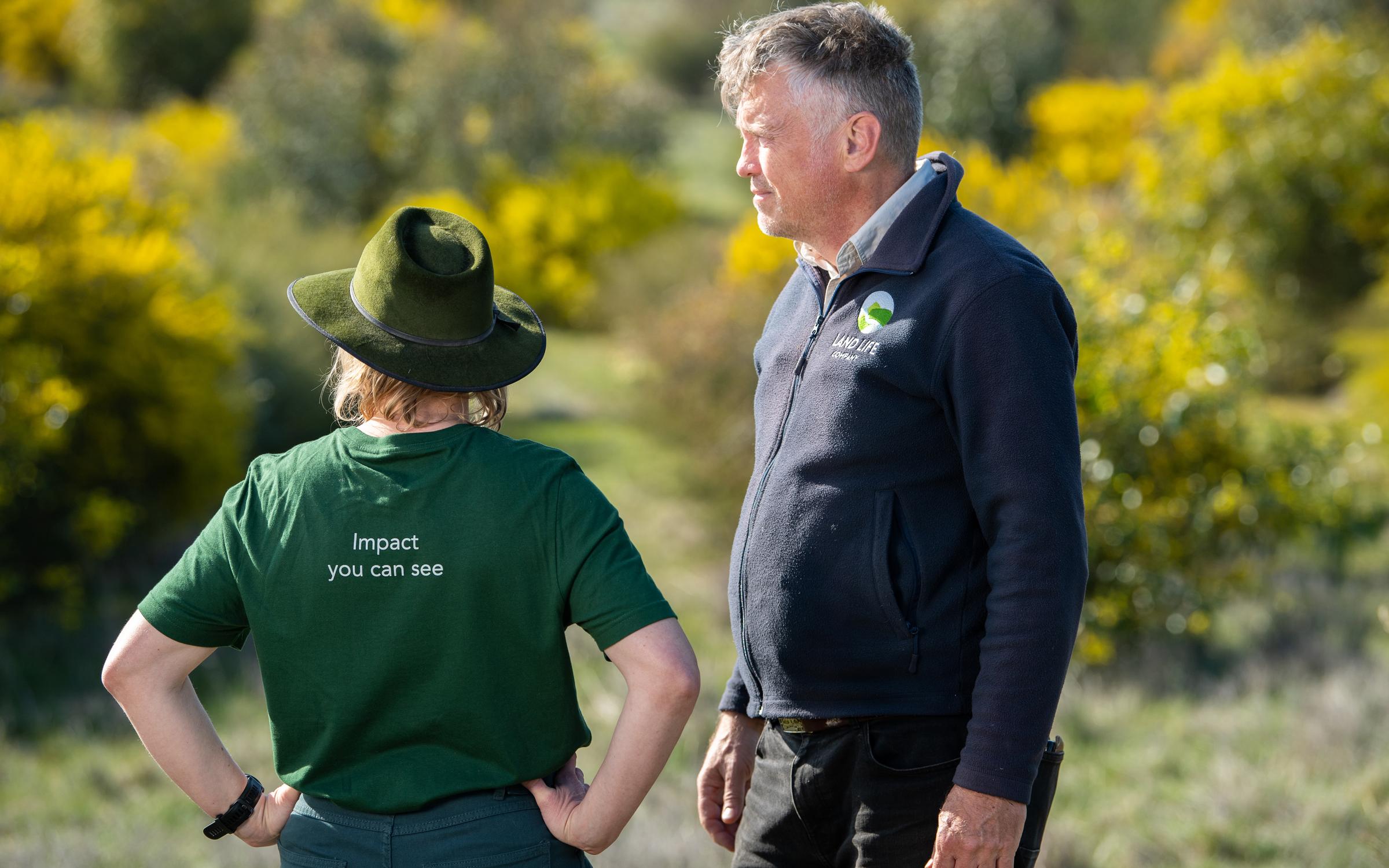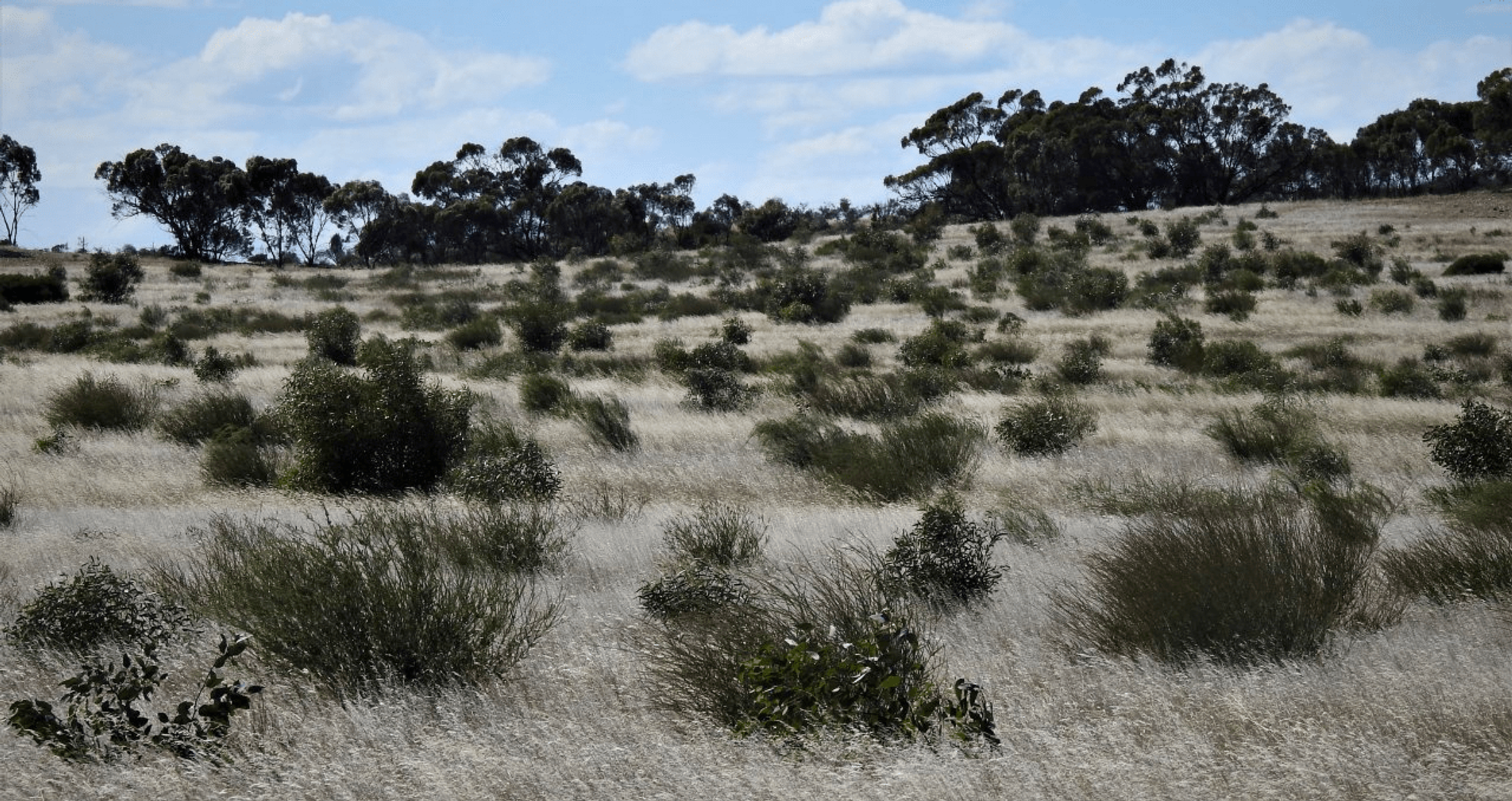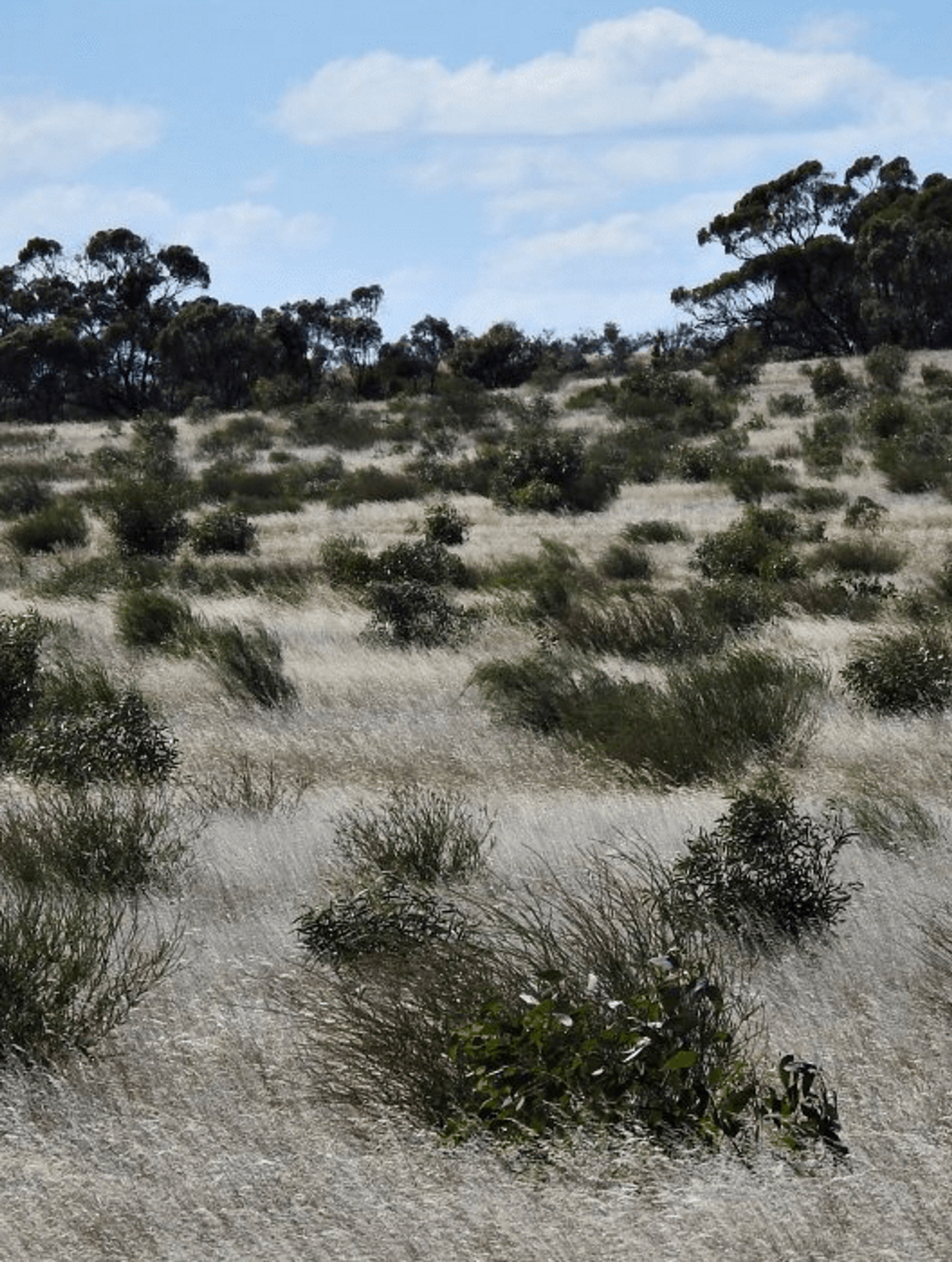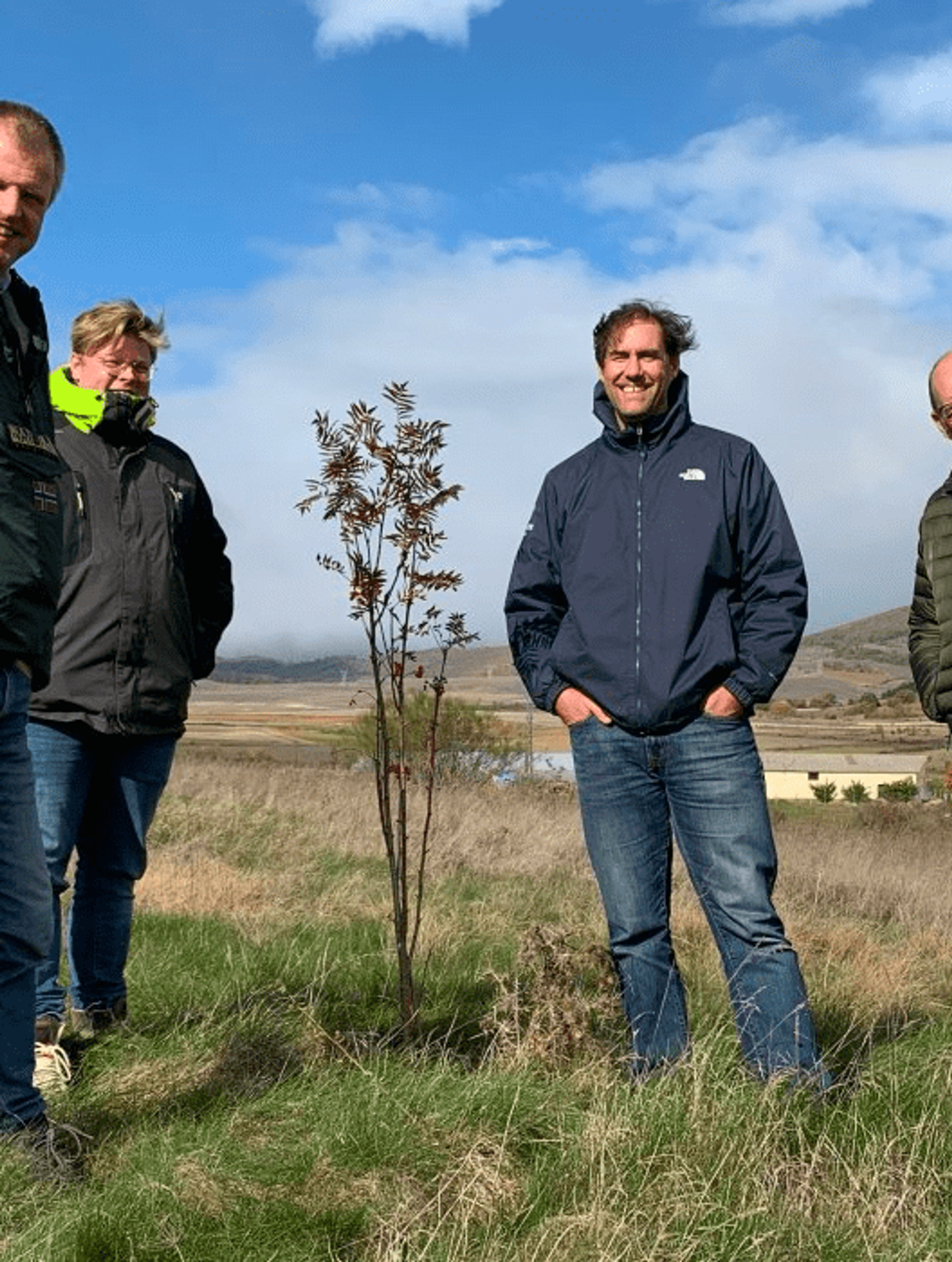Land degradation in Australia
Deforestation and land degradation are global problems with many drivers – from agricultural clearing, grazing, and mining – to wildfires and prolonged drought.
In Australia, the combined effects of historic clearing and recent pressures have left large areas of the continent degraded and fragmented, with serious consequences for biodiversity, communities and climate resilience.
Australia is vast and ecologically diverse: from central deserts to tropical rainforests in the north and temperate woodlands in the south. Even so, the proportion of landscape suitable for intensive agriculture is small — much of the continent is arid or semi-arid. The Nullarbor Plain alone stretches roughly 1,100 km from west to east across Western Australia and South Australia, underscoring the scale of the country.
Because most people and productive land are coastal, pressure on those ecosystems is intense. The majority of Australians live close to the shoreline – government reporting shows around 85–87% of the population lives within 50 km of the coast. At the same time, World Bank data shows that only 4% of Australia’s land is arable, while around 47% is classified as agricultural land (including extensive grazing). This means the most productive soils are concentrated in relatively small coastal and inland slope regions – the very areas most heavily cleared since European colonisation.
